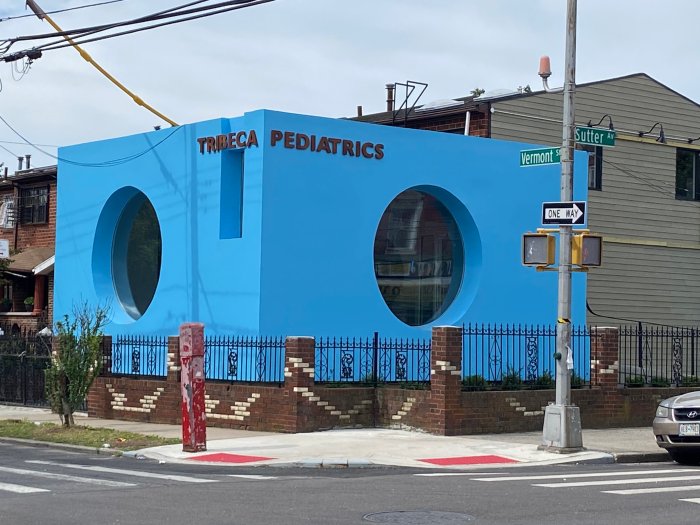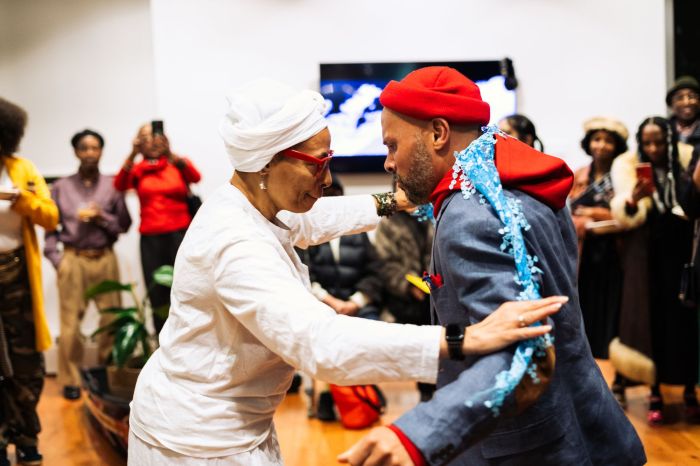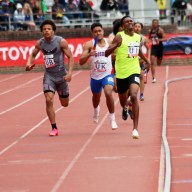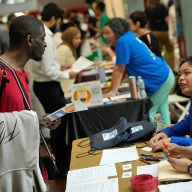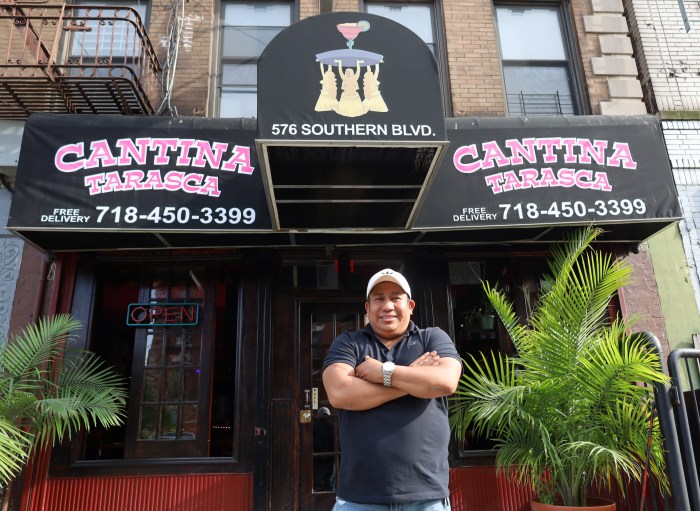Patients often ask why it is so much more difficult for them to urinate when they are constipated. Others describe their experience in the morning of being able to better empty their bladders after their bowel movement.
The explanation for these accurate observations lies in the anatomy of the prostate and the rectum. When the doctor does a digital rectal examination, he gets information not only about the patient’s rectum but also about his prostate. This is because the rectum is located directly behind the prostate and the doctor can easily feel the prostate right through the soft wall of the rectum.
The size of the prostate, its symmetry, texture, mobility or fixation, firmness or bogginess, granularity, the presence of stony hard nodules or masses, tenderness and the production of expressed prostatic secretions following prostatic massage can all be discerned by this essential examination.
The location of the rectum directly behind the prostate is what makes it possible for a large mass of stool in the rectum, as might be present with constipation, to exert pressure on the prostate, compressing it from behind and pushing it forward against the pubic bones, which are not moveable.
A bulky hard stool in the rectum presses on the prostate from behind and compresses the urinary passageway, which runs through the prostate connecting the urinary bladder to the urethra in the penis. This compression narrows the prostatic urinary passageway and obstructs the outflow of urine.
The most severe form of constipation is called fecal impaction and this is often accompanied by acute urinary retention. After the bowel movement, the rectum is empty, the pressure on the prostate is relieved and urination can proceed normally.
Men who are aware that they have prostate enlargement should avoid constipation. Simple methods include making sure you have sufficient fiber in your diet, drink plenty of water to avoid dehydration and if necessary use stool softeners as needed.
With or without constipation, when the symptoms of urinary obstruction due to benign prostate enlargement become so bothersome that treatment is required, the first line of approach is medical treatment and there are several excellent medications, which can offer relief.
If there are problems in taking medication, either from side effects including interference with sexual activity, painful breast enlargement, visual disturbances, allergies, drug interactions, lack of effectiveness or simply the annoyance of an ongoing lifetime expense and bother, the second type of treatment to be considered is Transurethral Microwave Thermotherapy (TUMT). This is a one-time, safe, FDA approved, minimally invasive, 30-minute office treatment, which avoids hospitalization, anesthesia, bleeding, and transfusions, since it is not surgical and there is no cutting.
TURP, TUNA, Laser or open surgery should only be considered as the court of last resort.
Have a question? Call Dr. Okun at 718-241-6767





